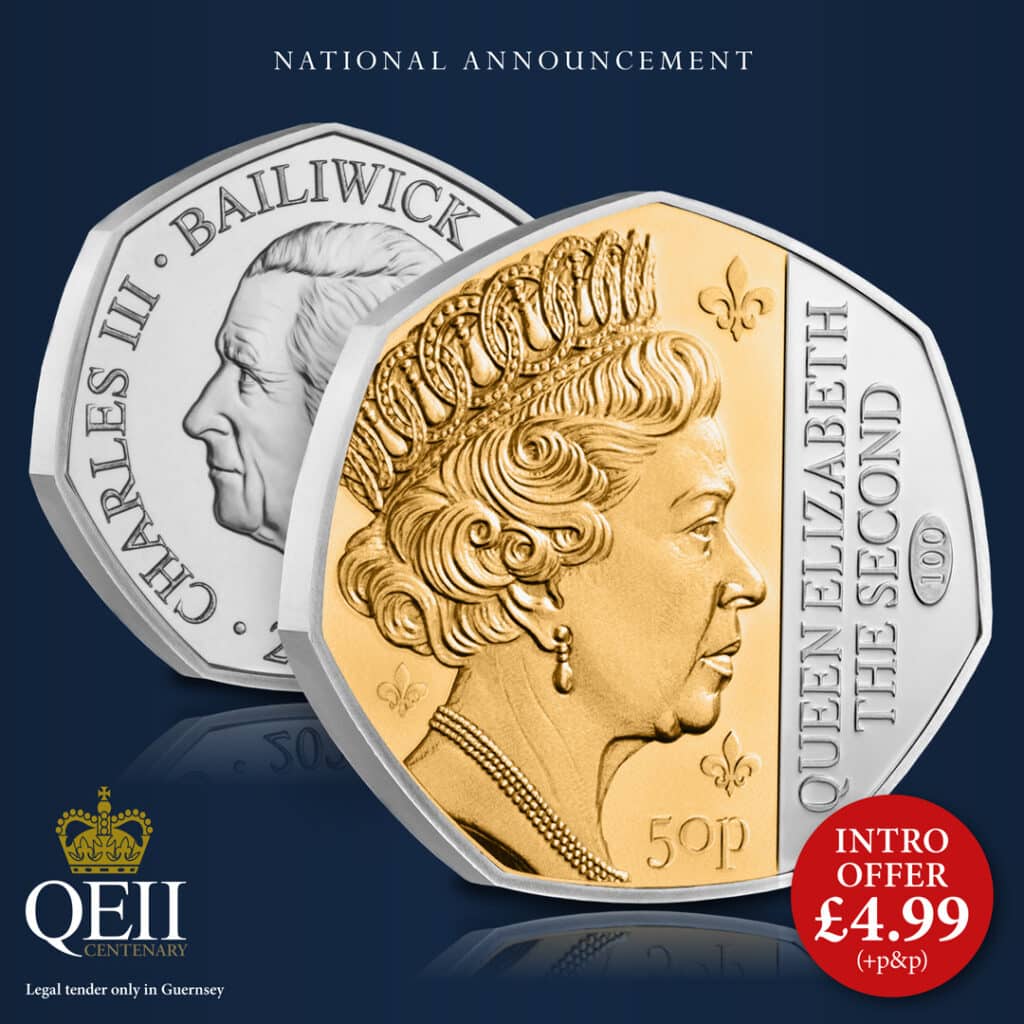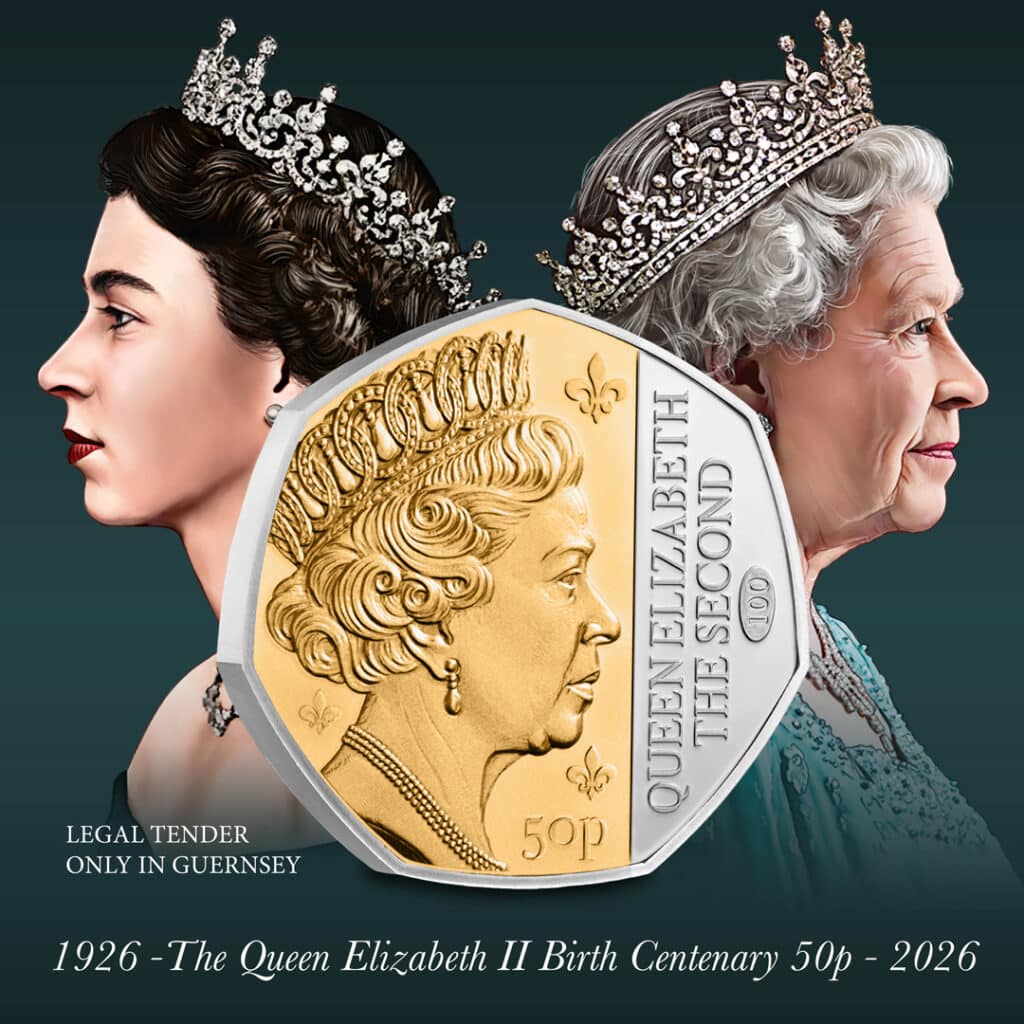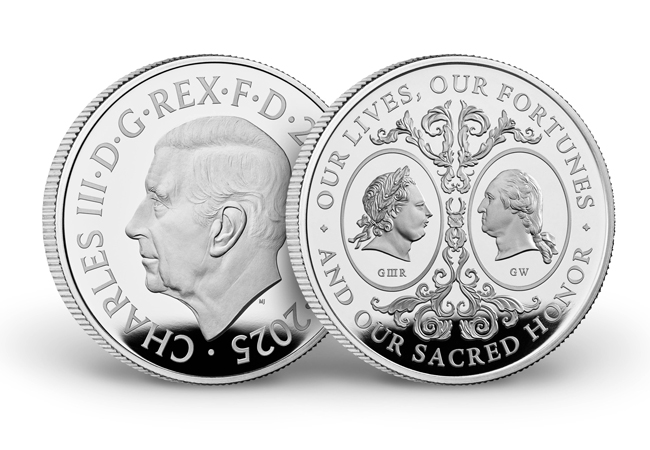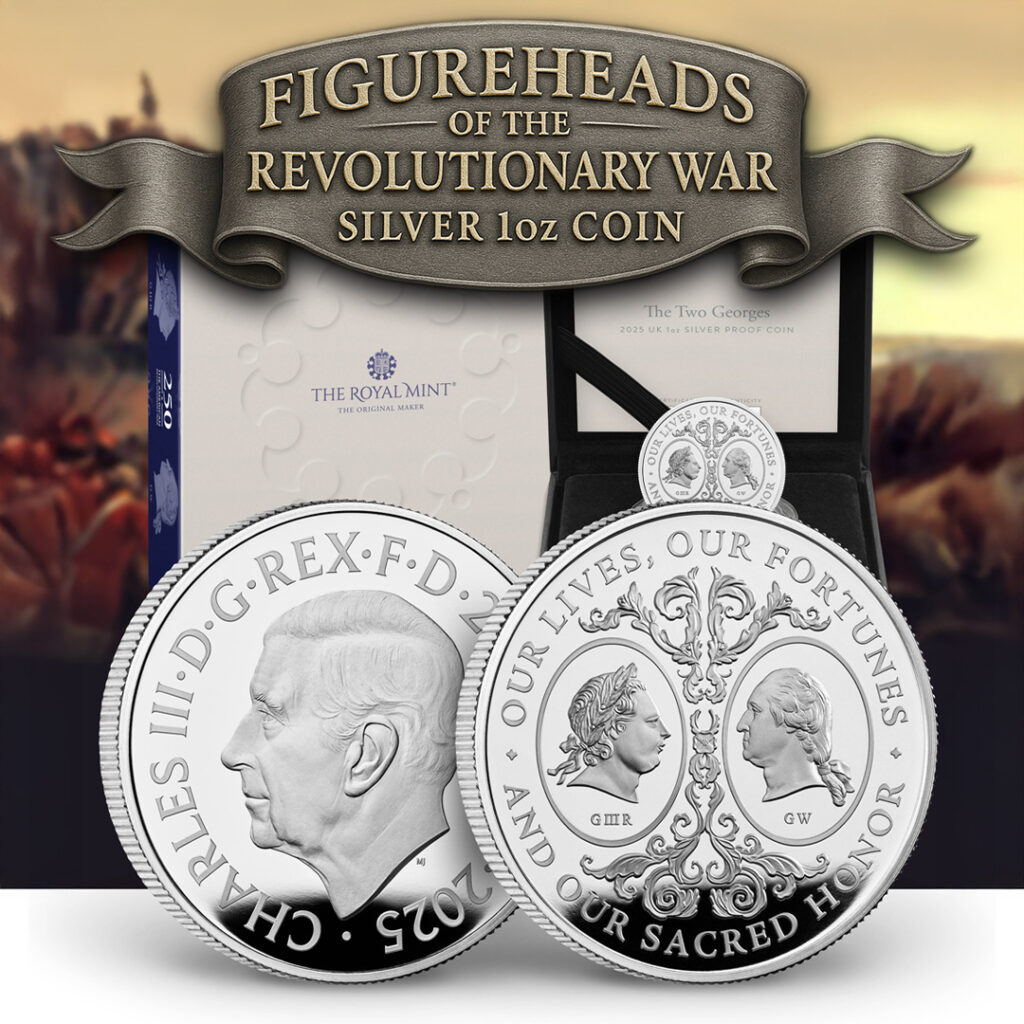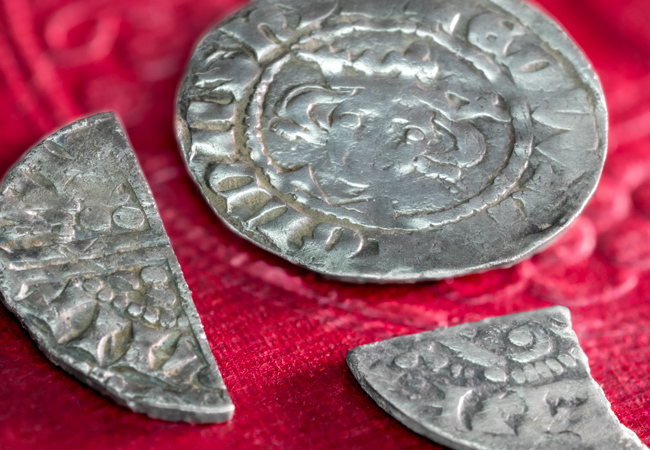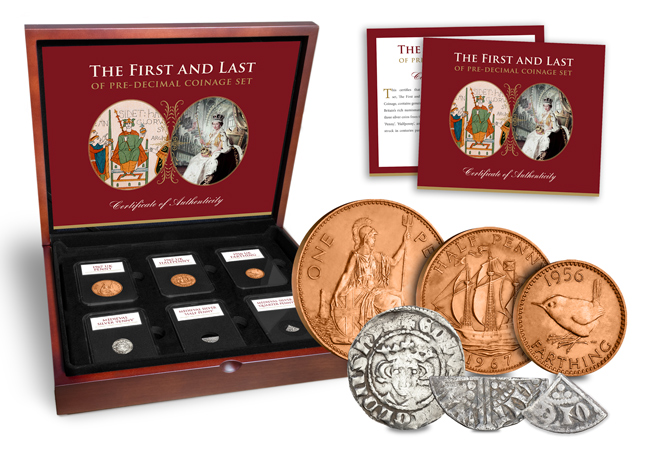Uncategorised
Buckingham Palace Authorises First 50p Coin to Honour Queen Elizabeth II’s Birth Centenary
A new Queen Elizabeth II 50p Coin has been officially authorised by Buckingham Palace to mark Her Late Majesty’s Birth Centenary and the closing chapter of a record-breaking reign.
2026 marks 100 years since the birth of our beloved late Queen, Elizabeth II. This historic centenary is a national moment to reflect on her life – and possibly the last chance to commemorate her reign through official coinage. You can do that today by owning the new official Centenary 50p, giving you a head start on other collectors who may not hear about this release before the anniversary date – 21st April 2026.
A Rare Tribute in Gold
This Centenary 50p Coin features a specially commissioned portrait of Queen Elizabeth II, finished in signature gold ink – a detail rarely seen on royal coins. Elegant and dignified, this finish pays tribute to the Queen’s extraordinary life and service, while ensuring this issue stands out in any collection.
Crucially, it is strictly limited to just 50,000 coins worldwide, making it one of the most sought-after royal releases of recent years.
The Closing Chapter of a Numismatic Legacy
For over 70 years, the Queen’s reign was chronicled through coins – from her first appearance on UK currency in 1953 to commemoratives marking her milestones. This Centenary 50p Coin represents the final chapter in Her Majesty’s numismatic story, making it an unmissable addition for serious collectors.
With global demand anticipated to reach unprecedented levels, early reservation is the only way to avoid missing out.
Reserve Yours Today – Just £4.99 (+p&p)
Right now, you can be among the first to secure the Queen Elizabeth II Centenary 50p Coin for just £4.99 (+p&p).
Even better, this coin is the first release in a new series issued to mark the centenary – meaning your order begins an historic collection.
But please note: to guarantee your coin, we must receive your order before 15th October.
Click here to reserve the Queen Elizabeth II Centenary 50p Coin
The Figureheads of the Revolutionary War 1oz Silver Coin
This year marks 250 years since the start of the American Revolutionary War (1775–1783), one of the most defining conflicts in world history. To commemorate the anniversary, The Royal Mint has released a stunning new coin: The Figureheads of the Revolutionary War 1oz Silver Coin.
For the very first time, the portraits of two men — both named George — who stood on opposite sides of the Revolution now appear together on a UK coin. Their clash not only shaped the outcome of the war but also the world we know today.
The Road to Rebellion
During the American Revolution, 13 American colonies rebelled against Britain after the government introduced unwelcome tax levies and restrictions on the rights and liberties of the colonists.
The British monarch at the time was George III, who would go on to become the longest-reigning king in British history. Fiercely opposed to American independence, he was determined to quash the rebellion and preserve Britain’s reputation as an international power.
George Washington: The General of a New Nation
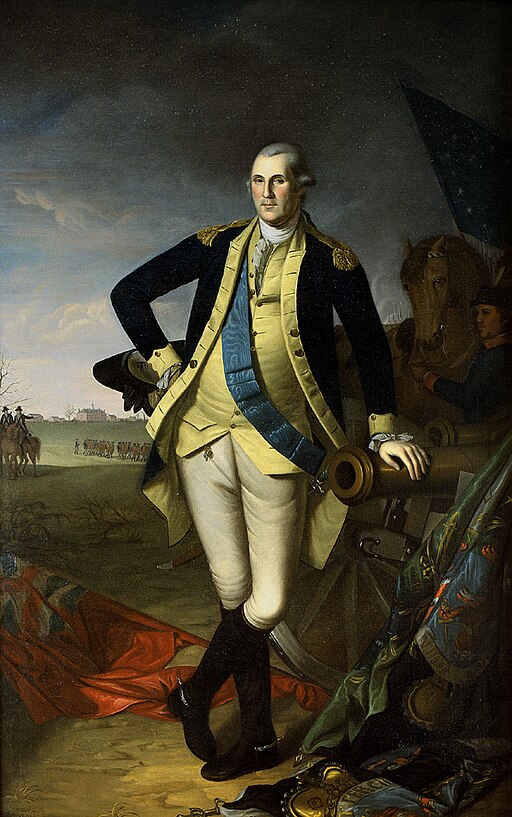
On the other side stood George Washington, a veteran of the North American campaigns of the Seven Years’ War. In 1775, he was appointed commander of the newly raised Continental Army.
Despite lacking the resources and experience of the British military, Washington’s vital leadership inspired his men to fight on through hardship. The Continental Army secured pivotal victories at Trenton (1776), Princeton (1777), and most crucially, Yorktown (1781) — the battle that forced Britain to surrender.
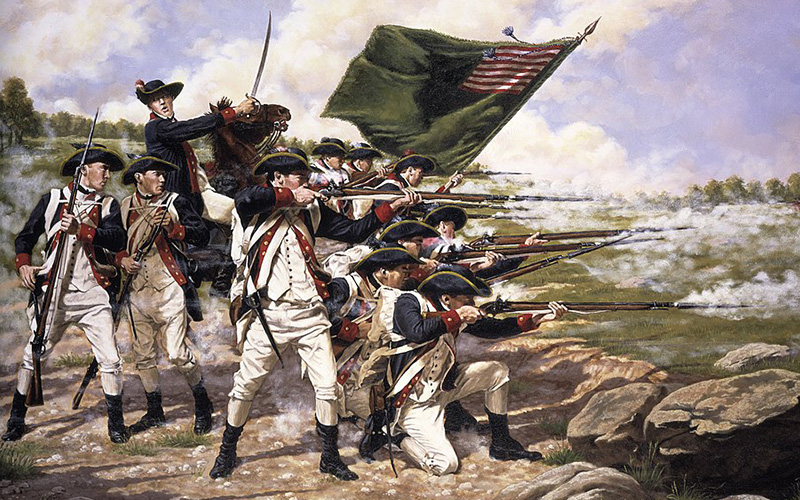
Not long after resigning his commission to Congress, Washington was unanimously elected as the first President of the United States, cementing his place as one of history’s most significant leaders.
Two Men Who Never Met — But Changed the World
Though George III and George Washington never met, their opposing visions reshaped the course of history. The Revolution ended Britain’s rule in America and began the story of the United States as an independent nation.
Now, their likenesses are brought together on one remarkable coin, symbolising the clash of empires, ideas, and leadership that defined the late 18th century.
The Coin: A Masterpiece of Craftsmanship
The Figureheads of the Revolutionary War 1oz Silver Coin is struck in pure silver to the Royal Mint’s highest Proof standard. Collectors will immediately appreciate the intricate detail of the portraits, which face one another across the coin.
Around them runs a powerful inscription: “Our Lives, Our Fortunes and Our Sacred Honor.”
These words, first pledged by the revolutionaries who risked everything for freedom, serve as a lasting reminder of the human cost and enduring legacy of the Revolutionary War.
For collectors, historians, and anyone with a passion for the story of liberty, empire, and revolution, the Figureheads of the Revolutionary War 1oz Silver Coin is a must-have release.
>>> Click here to secure your Figureheads of the Revolutionary War 1oz Silver Coin <<<
From Cut Coins to Farthings: The Fascinating Story of Hammered Coinage
Have you ever wondered where the word “farthing” comes from?
It’s one of those curious names in British coinage history that hides a story nearly a thousand years old. To understand it, we need to travel back to the medieval world of hammered coinage – where coins weren’t struck by machine, but by hand.
The Age of the Hammered Penny
For centuries, the silver penny was the backbone of English currency. First introduced under Anglo-Saxon kings in the 8th century, it remained the standard unit of trade for generations. But unlike today, there were no smaller coins to make everyday transactions easy.
If you needed change for a penny, you couldn’t ask for a halfpenny or farthing – those didn’t exist yet. Instead, people did something ingenious: they cut the penny.
Cutting Coins into Halves and Quarters
Medieval pennies were relatively large, thin discs of silver. Their uniform size and weight made it practical to cut them cleanly with a knife or shears.
- A halfpenny was literally half a penny, sliced neatly down the middle.
- A farthing – from the Old English word feorðing, meaning “fourthing” – was a quarter of a penny.
This practice became so widespread that the crown eventually recognised the need for official smaller denominations. By the 13th century, halfpennies and farthings were minted in their own right, but their names still told the tale of their origins.
From Hammered Silver to Pre-decimal Coinage
The hammered coinage tradition lasted in Britain until the 17th century, when machine-struck coins gradually replaced hand-struck pieces. But the influence of those medieval cut coins lived on in the denominations of pre-decimal currency.
Right up until decimalisation in 1971, the penny, halfpenny, and farthing formed the bedrock of everyday money – each one a direct descendant of those early sliced pennies.
A Thousand Years of History in Your Hands
It’s rare to find a story told so perfectly through coins themselves – but now you can. The First and Last of Pre-decimal Coinage Set brings together six remarkable coins that chart this journey from medieval England to modern times:
- The final Penny, Halfpenny, and Farthing issued before decimalisation in 1971.
- Three original hammered silver coins: a Penny, a Halfpenny, and the quartered Penny we came to call the Farthing.
These hand-crafted medieval coins are believed to be among the very first examples of their kind. Imagine holding a silver farthing that was once part of a whole penny – cut and used in trade nearly a thousand years ago.
This set is more than a collection; it’s a time capsule of Britain’s monetary story, uniting the first and last issues of our pre-decimal coins.
Because of their rarity and age, just 50 sets have been curated.
👉 Click here to secure yours today with a £25 deposit (+p&p).

